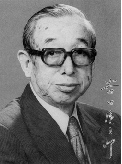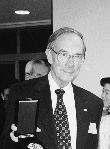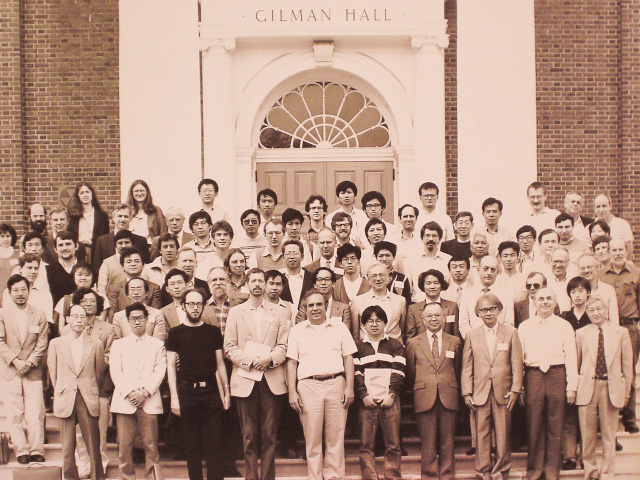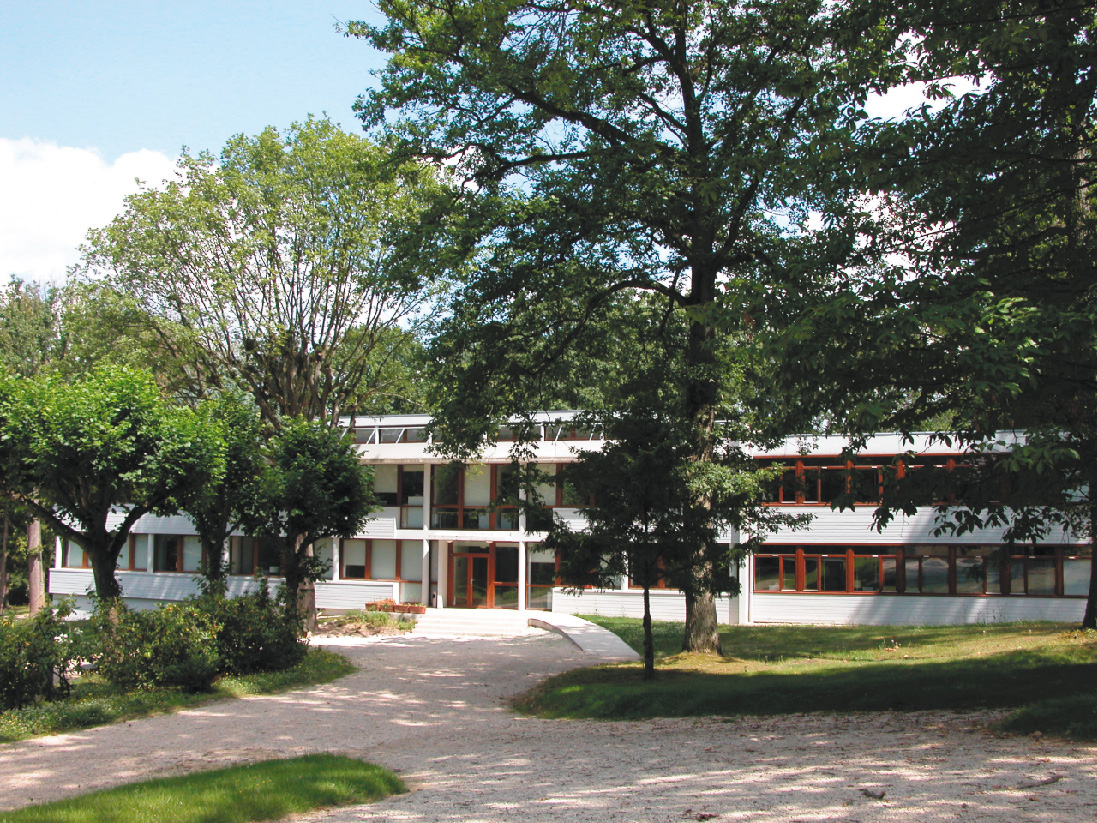MSJ Seki Takakazu Prize
MSJ Seki Takakazu Prize
The MSJ Takakazu Seki Prize is awarded for outstanding contributions to increasing the academic culture by developing mathematics through long-term non-research activities. The prize was initiated to commemorate the 50th annual meeting of the Mathematical Society of Japan (MSJ) in 1995 and to promote the activities of the MSJ. The MSJ Takakazu Seki Prize is the most prestigious award from the MSJ and consists of a certificate, a gold medal, and the complete works of Takakazu Seki. Only one individual or organization may receive the prize each year, typically presented at the MSJ annual meeting.
The award is named after Takakazu Seki (?-1708), who is known for leading the advanced development of wasan (native Japanese mathematics).

Portrait of Takakazu Seki (The Japan Academy)
Among his many accomplishments, the greatest is establishing a computational method for solving equations of higher order in multiple variables using bosho-ho, a notational system invented by Seki that replaces unknown values with letters. As an application, in his book titled "Hatsubi Sampo" (1674), he solved problems that could not be solved by the tian yuan shu, the precursory method using tools (counting rods) developed in China.

Hatsubi Sampo (The Japan Academy)
Seki is also known as the world's pioneer in the discovery of resultant and determinant formulae, the theories of which are described in his "Kaifukudai-no-ho" (1683). His research was taken over by wasan-mathematicians such as Katahiro Takebe. This school of wasan was called "Seki-ryu".

Kaifukudai-no-ho (The Japan Academy)




Winners of the Prize (from left)
1995 Mr. Toyosaburo TANIGUCHI
1996 Prof.F.Hirzebruch
2006 The Japan-U.S. Mathematics Institute
2007 Institut des Hautes études Scientifiques
